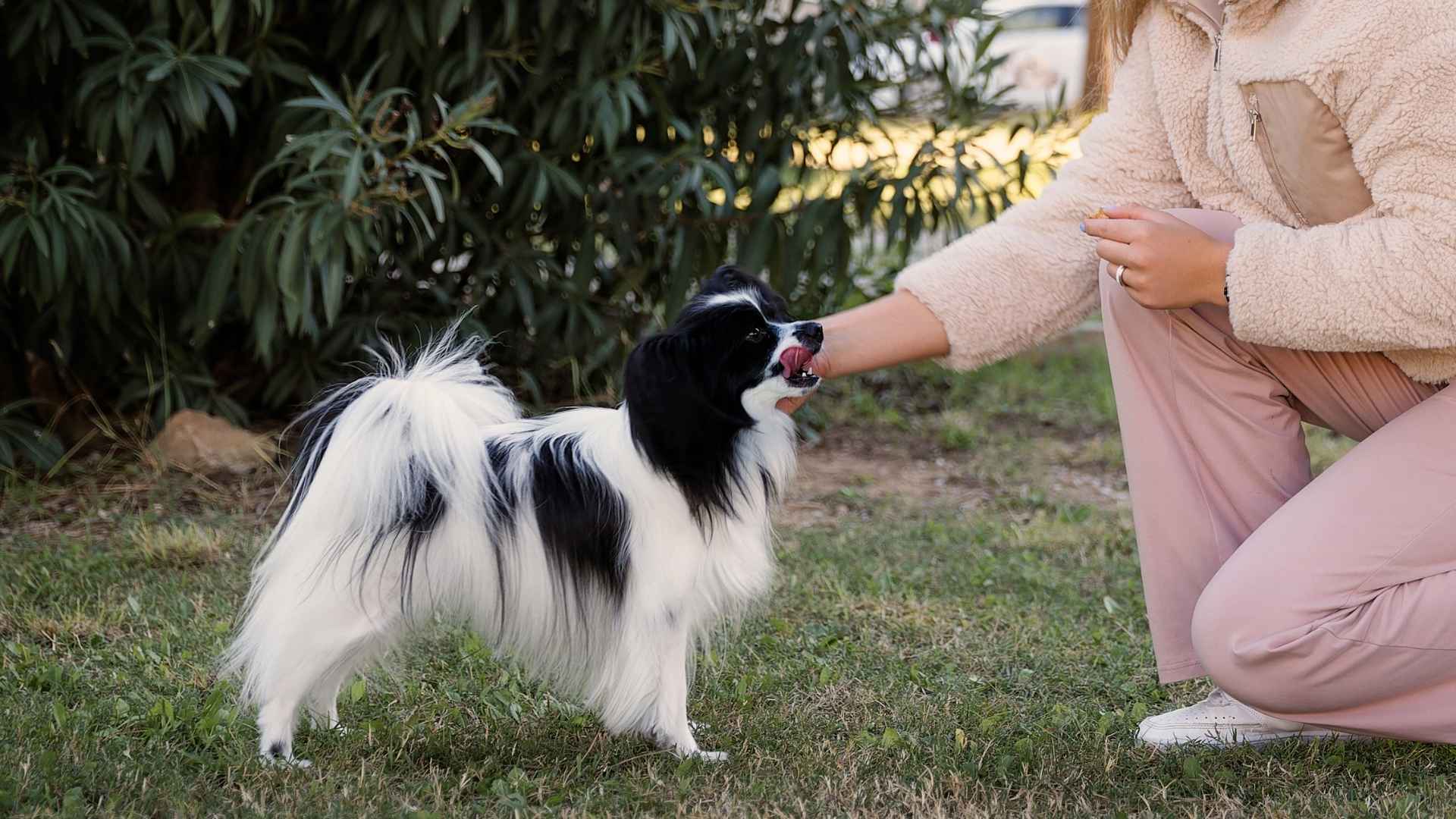Some dogs are genetically wired to tune in to us—to anticipate our moods, respond to our cues, and pretty much live to make us happy. That “people‑pleasing” trait isn’t fluff—it shows up in studies. Makes sense—they were bred to work alongside humans. But the connection goes deeper than commands.
What this means is that dogs are tuned to notice who’s kind, who cares, and who shows up with the goods. And according to the American Kennel Club (AKC), many breeds were specifically shaped to please. Their trainability results from a mix of instinct, intelligence, and that deep human bond.
When you meet a dog that seems eager to learn, quick to comfort, or always on your side, it’s not just personality—it’s history. Humans bred them for it, science backs it, and it’s as real as any trait you see in them.
Dog breeds that aim to please their humans
Here are the most popular breeds:
1. Golden Retriever
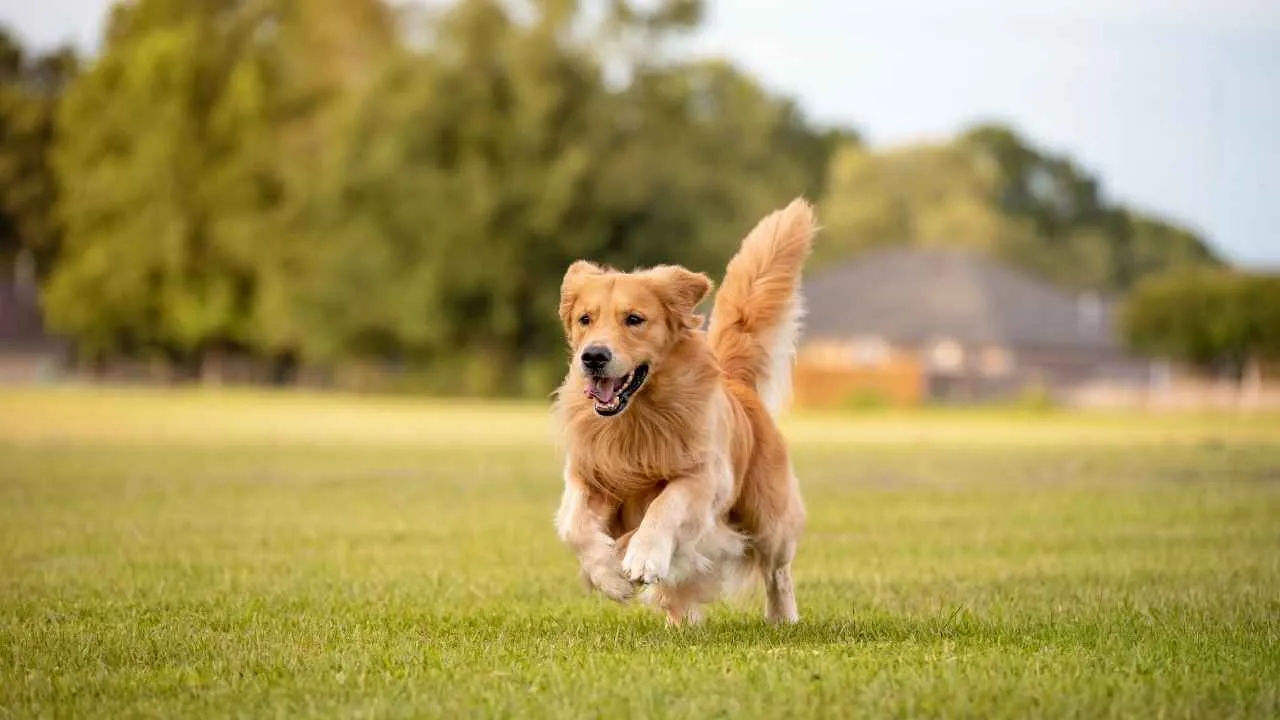
They are one of those dog breeds that just get it. They’re the kind of pup that makes you feel like the most important person in the room, and it’s not just an act.
These dogs were originally bred to retrieve waterfowl in the Scottish Highlands, and while their job has shifted from hunting to cuddling, they’ve kept that same drive to make their humans happy.
With their signature smiles and remarkable patience, Goldens are among the most wonderful companions for families, children, and even other animals.
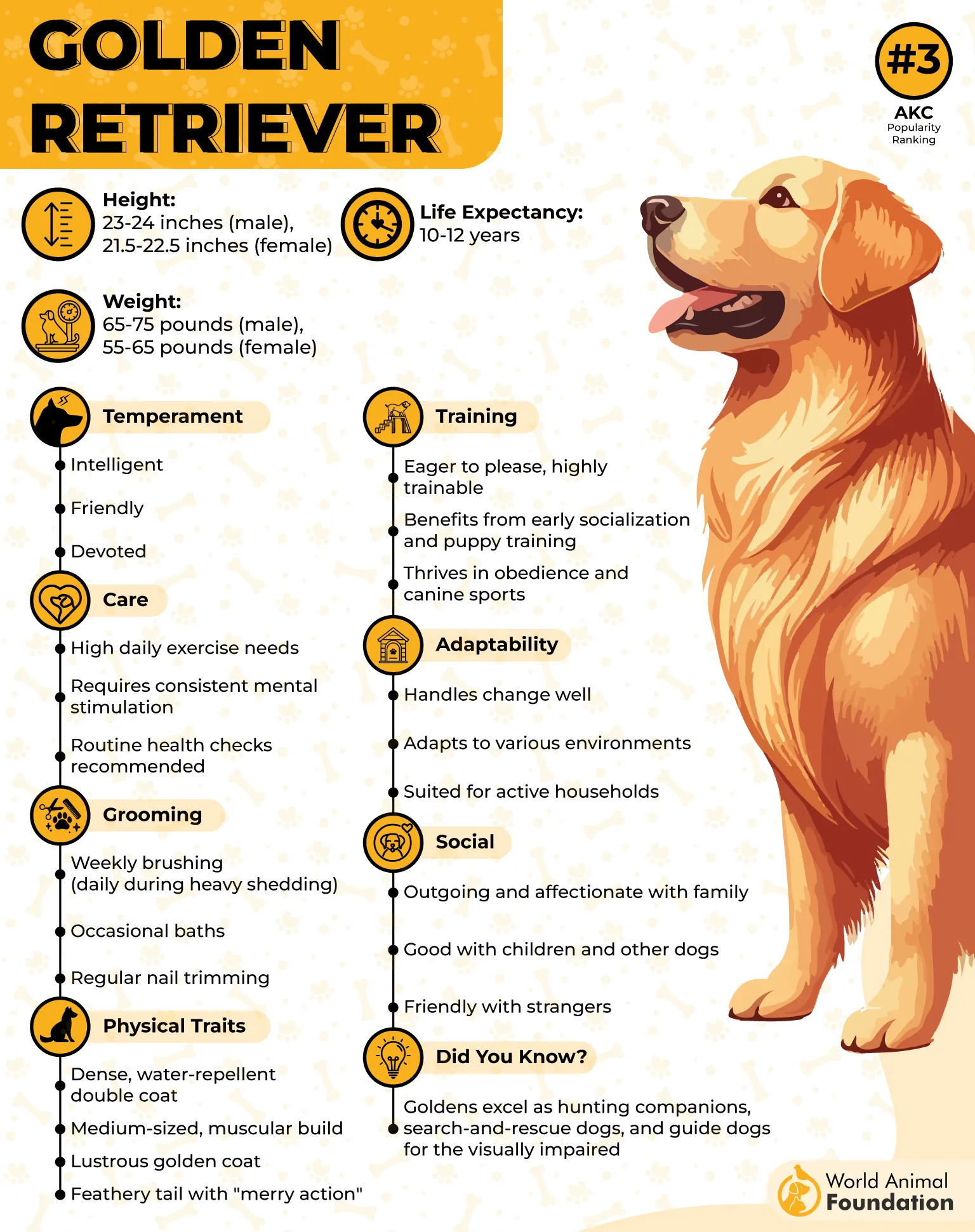
Key Traits of the Golden Retriever:
Extremely eager to please, which makes them highly trainable and responsive to positive reinforcement.
Naturally strong swimmers with a love for water play.
Often chosen as service dogs or therapy dogs due to their calm demeanor and gentle spirit.
Known for their sweet personality, making them a great option for first-time owners.
Have a thick, water-repellent double coat that sheds seasonally.
These pups aren’t just about fun and games—though they love a good backyard romp. Whether they’re guiding, retrieving, or just showing affection by laying their head in your lap, they are a breed that wears its big heart on its sleeve.
2. Labrador Retriever
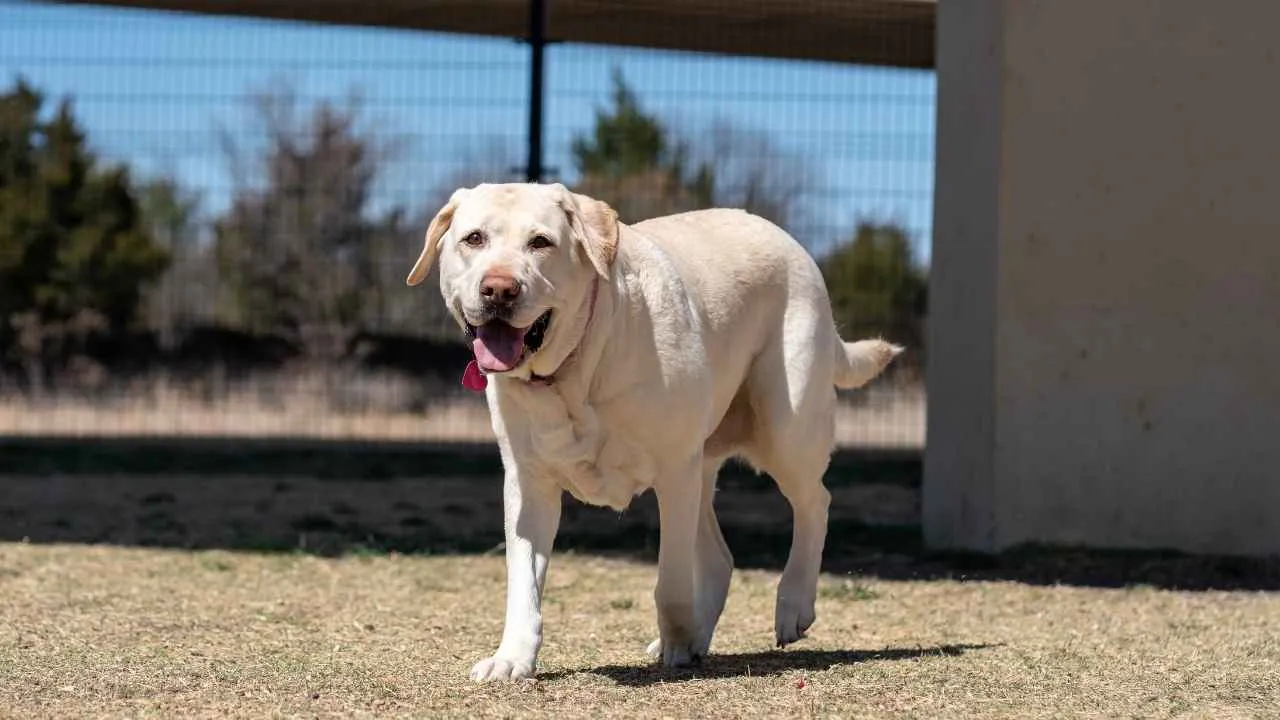
They are one of the most intelligent and versatile dog breeds out there. If there’s a task to be done or a game to be played, Labs are all in. Known for their eager-to-please personality and boundless energy, they’re natural problem-solvers devoted to their owners.
Whether guiding a human with visual impairments or simply running after a ball in the yard, Labradors show up with purpose and enthusiasm. Originally from Newfoundland (despite the name), these dogs were bred to help fishermen retrieve nets and lost lines from icy waters.
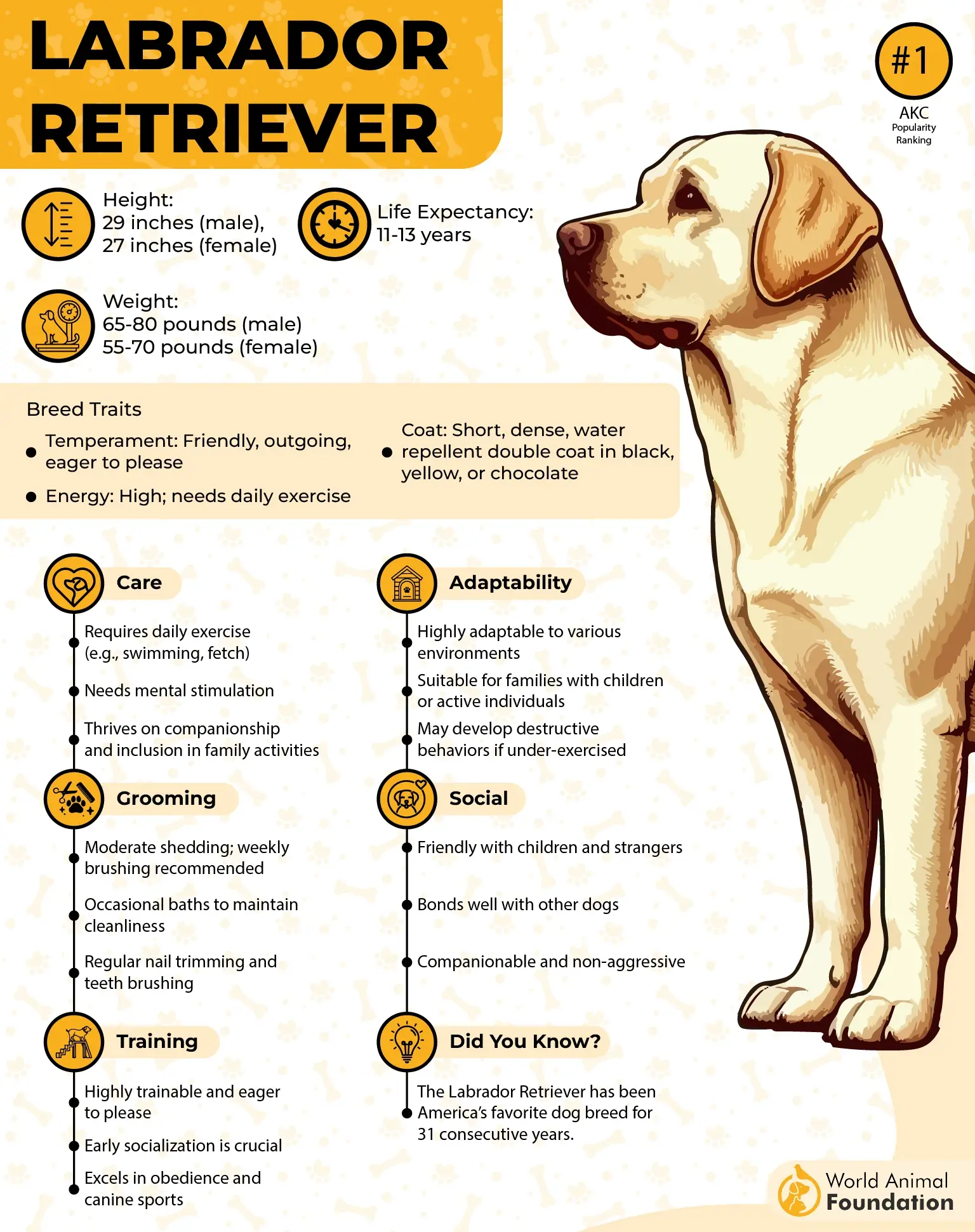
Key Traits of the Labrador Retriever:
Naturally athletic with webbed feet, a water-resistant double coat, and a thick tail that helps them navigate in water.
One of the most obedient dog breeds, easily trained with positive reinforcement.
Renowned for their extraordinary sense of smell, making them excellent detection dogs.
Frequently used as guide dogs, service dogs, and for search and rescue operations.
Tend to have a long puppy-like personality, maturing more slowly than many other breeds.
Come in a variety of coat colors beyond the classic yellow, black, and chocolate, including champagne, charcoal, and silver.
Food-driven and at risk of obesity, so structured feeding and portion control are crucial.
They want to be part of everything their humans do—from hikes to household chores to just lounging on the couch. Their protective instincts aren’t about aggression; they simply want to keep their family safe and close.
3. Border Collie
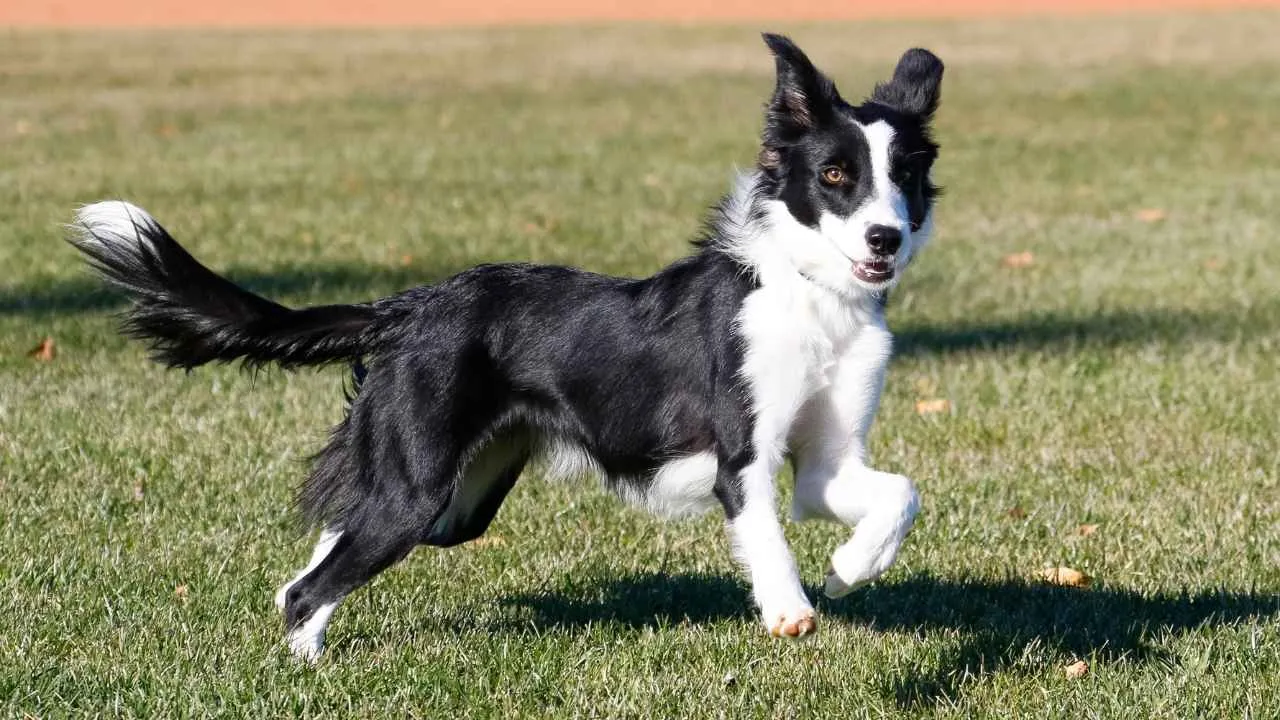
If you’re looking for a dog breed that runs circles around you—literally and mentally—they fit the bill. These dogs are the definition of mental stimulation meets athleticism. Known as one of the smartest dogs in the world, they are constantly reading their environment and reacting with precision.
Bred for herding sheep along the border of England and Scotland, they carry a deep instinct to move, manage, and impress. They’re not for the laid-back lifestyle—but for the right person, they’re an unmatched partner in activity and focus.
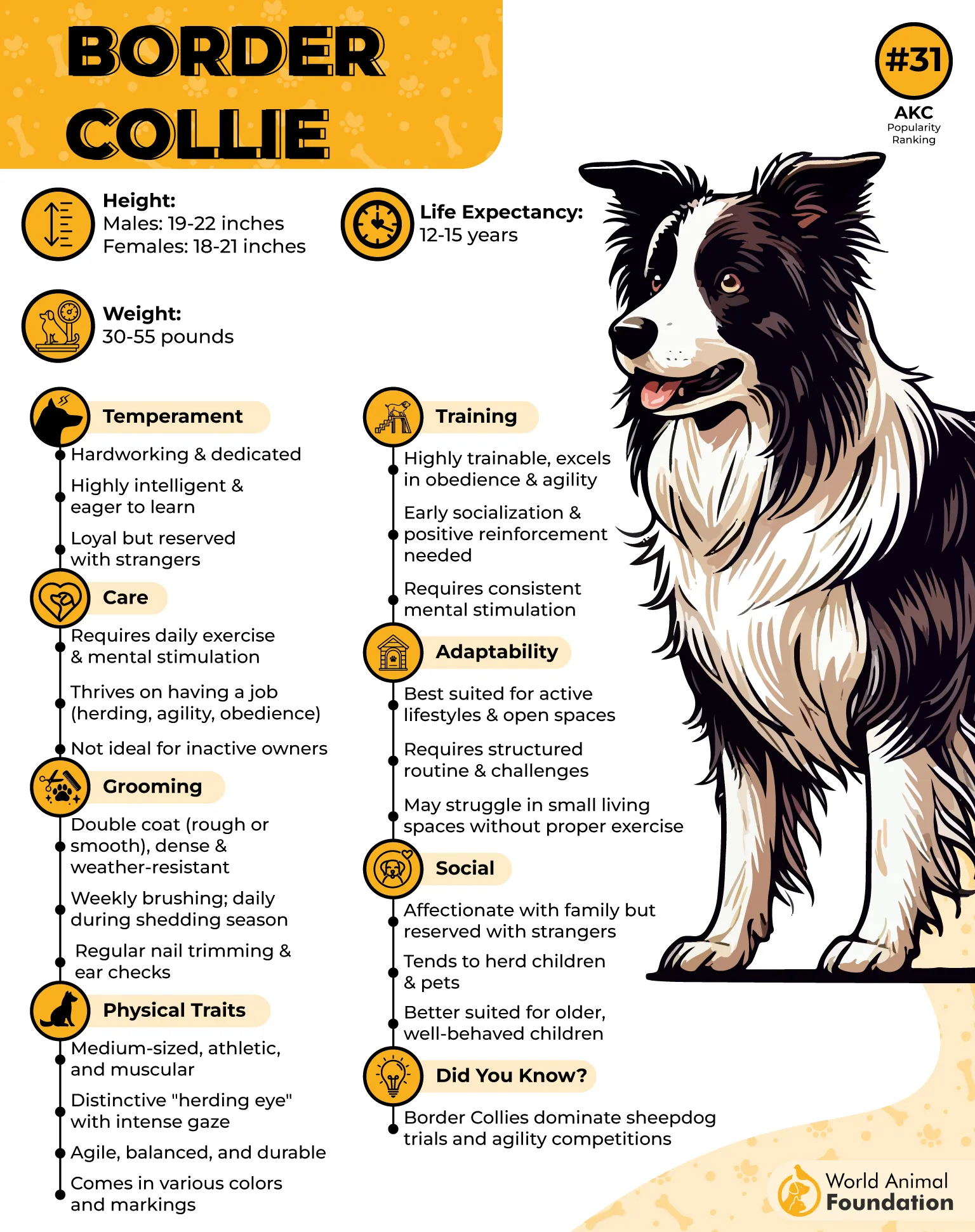
Key Traits of the Border Collie:
Intensely driven herding dog with a signature “eye” used to control livestock.
Extremely responsive to consistent training and complex commands.
Can learn routines, tricks, and even sequences faster than most other dogs.
Excel in sports like agility, flyball, and competitive obedience.
Require high levels of mental and physical stimulation to prevent boredom.
Come in a wide range of coat colors, including merle, tricolor, and red and white.
Their brains never seem to switch off, which is why Border Collies make excellent search and rescue dogs or participants in competitive obedience.
They form a strong bond with their humans, especially when there’s mutual respect and challenge involved. They’re not couch cuddle-bugs or lap dogs—they’re high-speed thinkers with serious work ethic.
4. Poodle
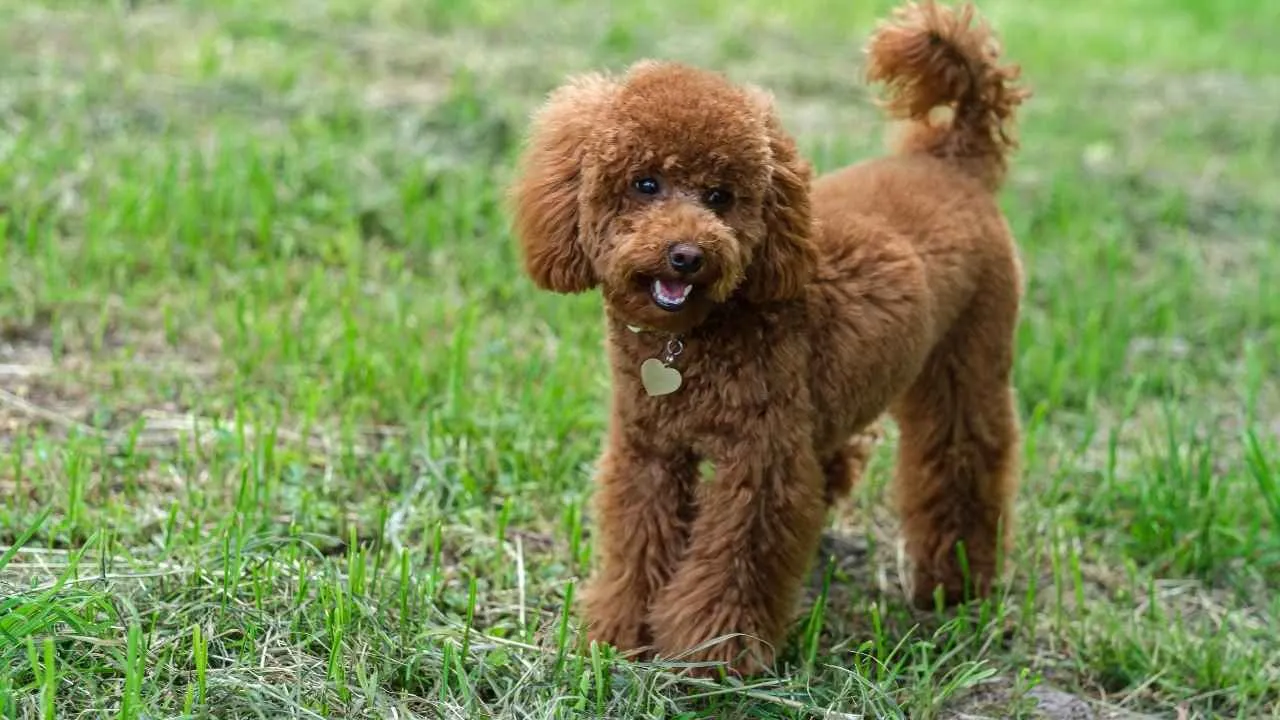
The Poodle is more than a pretty face. These dogs are among the most intelligent and agile breeds out there. Whether Standard, Miniature, or Toy, Poodles combine elegance with a real love for learning.
They have an athletic build and sharp minds, making them standouts in both form and function. What sets them apart is their personality—a blend of confidence, curiosity, and a real desire to connect with their humans.
Key Traits of the Poodle:
Naturally athletic and eager to learn, they are ideal for complex trick training and active households.
Low-shedding coat that’s a great option for those managing allergies, though regular grooming is a must.
Historically trained as retriever dogs with webbed feet and a love of water.
Known for their unique grooming styles, originally designed to help them swim efficiently while keeping joints warm.
Thrive in dog sports like agility, obedience trials, and even canine freestyle.
Used in highly specialized roles, including guide dogs, truffle hunting, and even emotional support work.
These dogs pick up on moods, routines, and subtle cues, making them excellent companions for those who want a pet that truly tunes in. If you want a devoted, brainy pet with a bit of flair, the Poodle delivers on all fronts.
5. German Shepherd
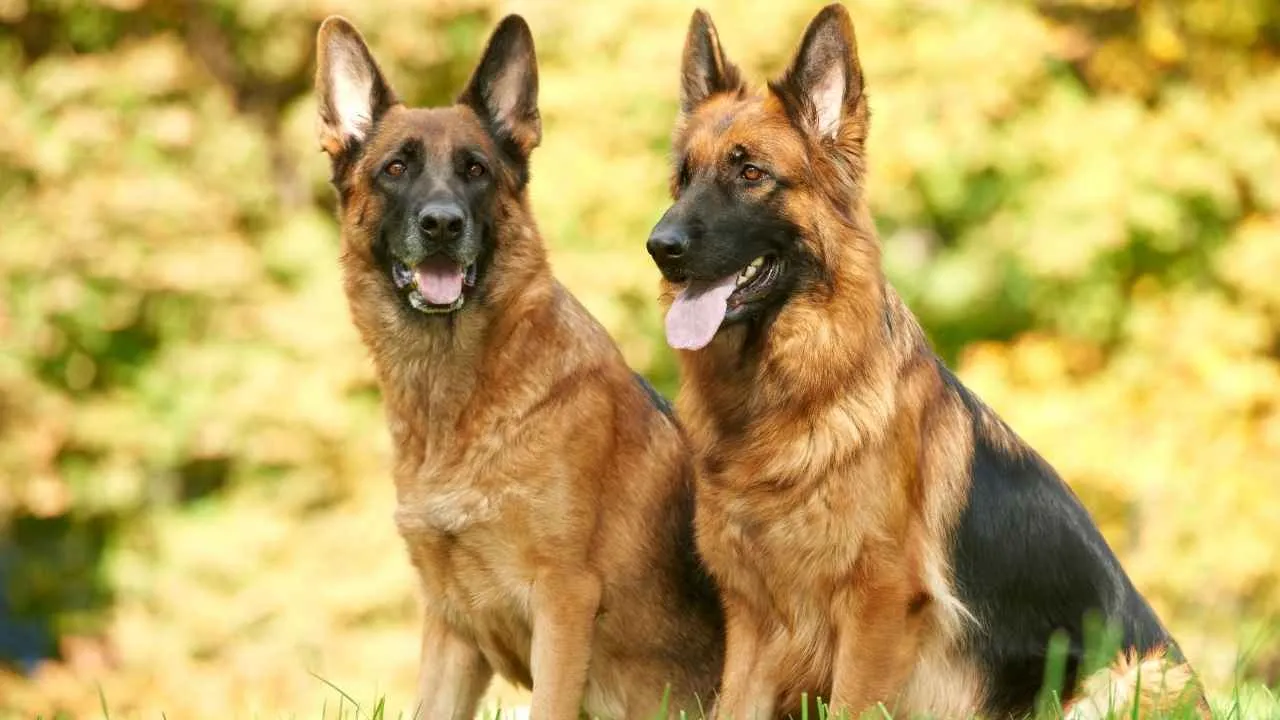
The German Shepherd is the definition of purpose-driven. This intelligent breed is built for work—whether it’s herding, guarding, or assisting. Bred in Germany to manage livestock, they’ve evolved into elite working dogs used in police units, military operations, and search-and-rescue missions around the world.
What sets them apart isn’t just brainpower; it’s them being protective dogs, unwavering focus, and natural confidence. With firm, consistent training, they form a strong bond with their humans.
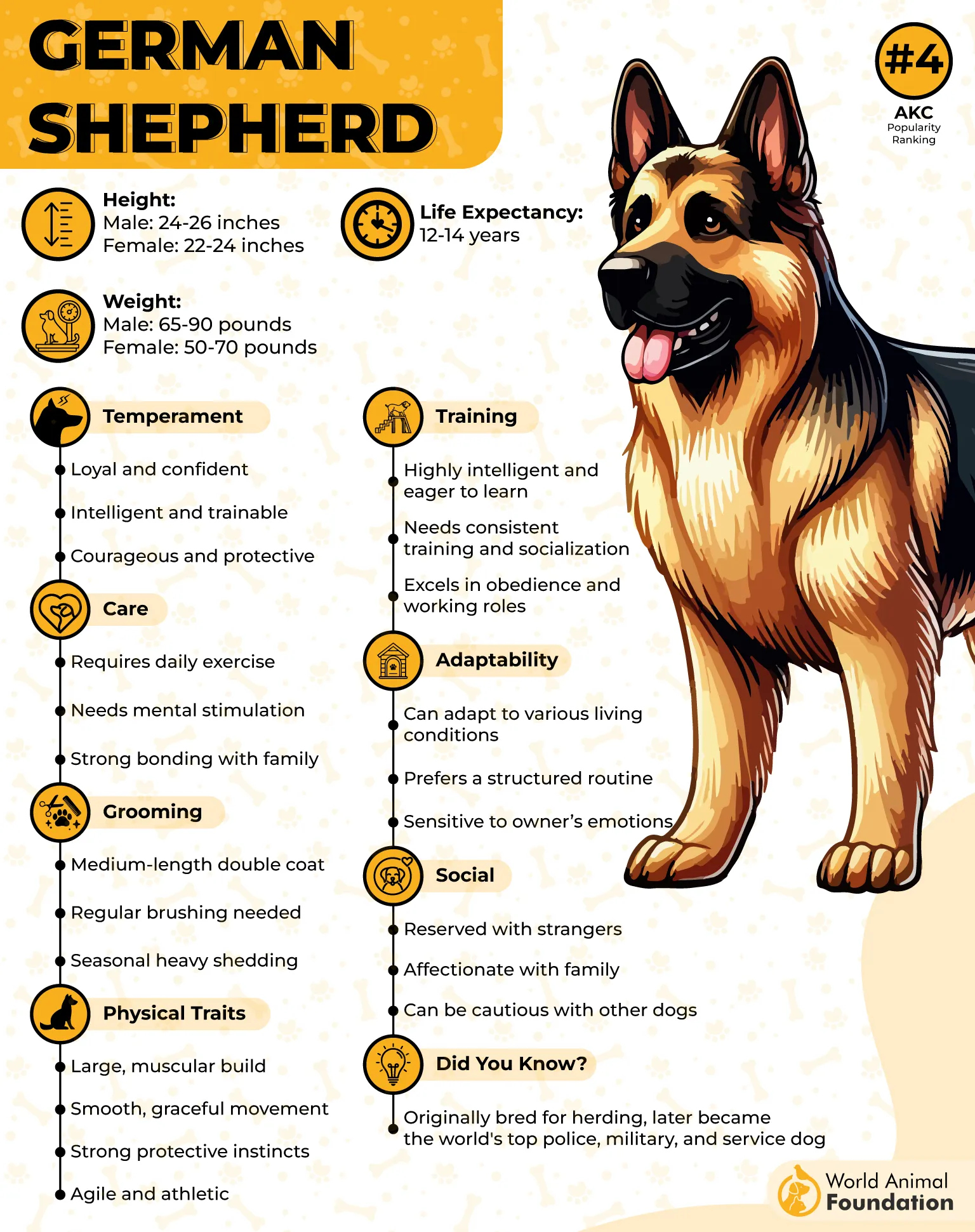
Key Traits of the German Shepherd:
Naturally vocal dogs that use barking to alert or communicate.
Early guide dogs—the first breed trained to assist the visually impaired.
Strong protective nature, which requires early socialization to ensure they remain balanced with friends, strangers, and children.
Their thick double coat sheds all year, especially during seasonal changes.
Fiercely devoted and loyal, often forming one-person attachments in service roles.
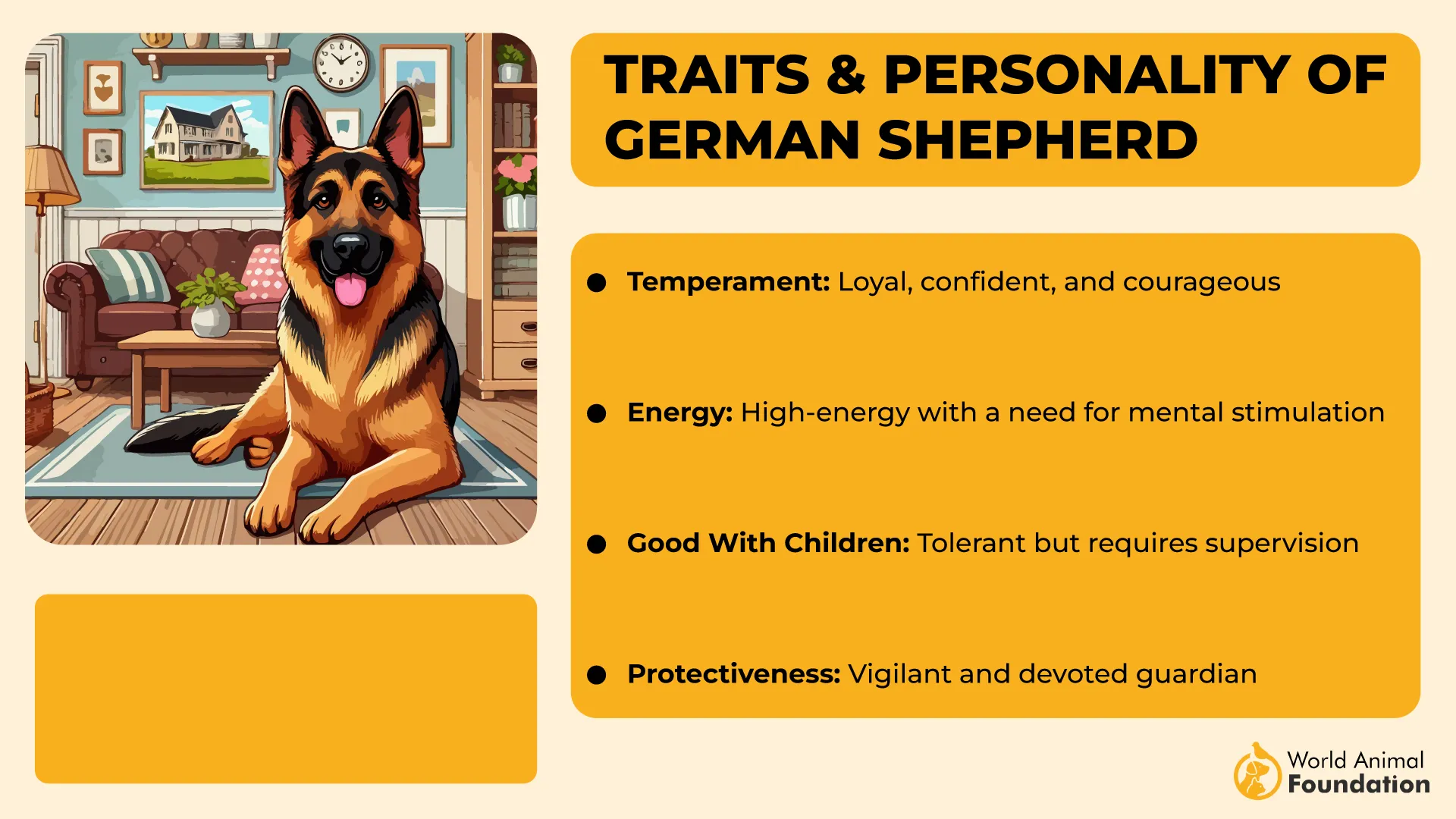
They aren’t just a protection dog—they’re a thinking partner. They don’t just obey, they anticipate. Their affectionate nature isn’t loud or flashy—it’s built on mutual respect, trust, and that natural urge to be useful.
For experienced owners who understand the balance between challenge and affection, this breed is one of the most dependable companions you can have.
6. Shetland Sheepdog
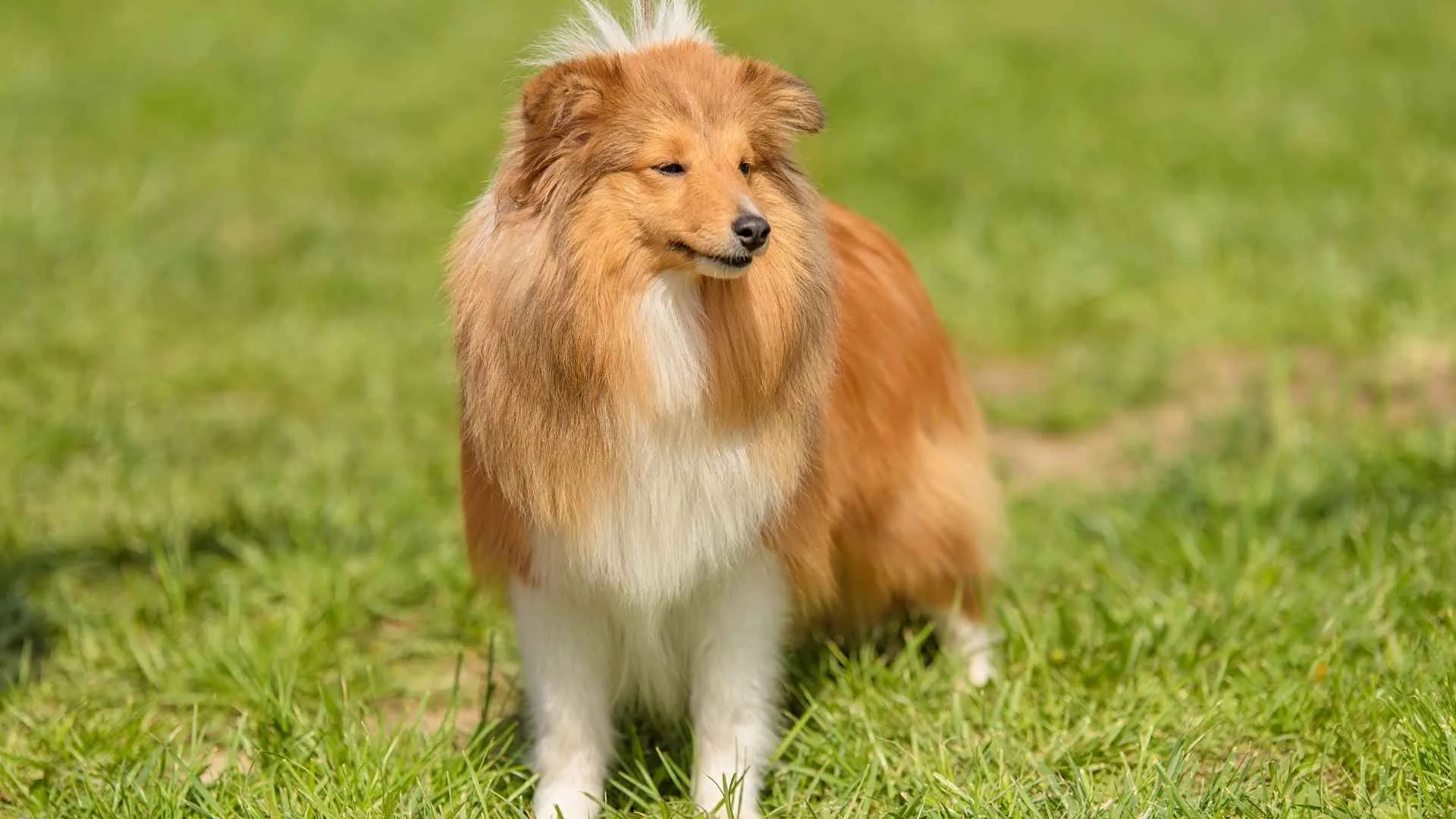
The Shetland Sheepdog, or Sheltie, may look like a mini Lassie, but don’t let the sweet face fool you—this breed is a sharp, agile thinker with a serious work ethic.
Bred in the Shetland Islands of Scotland to manage small flocks and even other animals like ponies and poultry, Shelties are alert, responsive, and eager to please. They’re tuned into their humans in a way that feels almost telepathic, making them excellent choices for active families who want a dog that wants to be involved in everything.
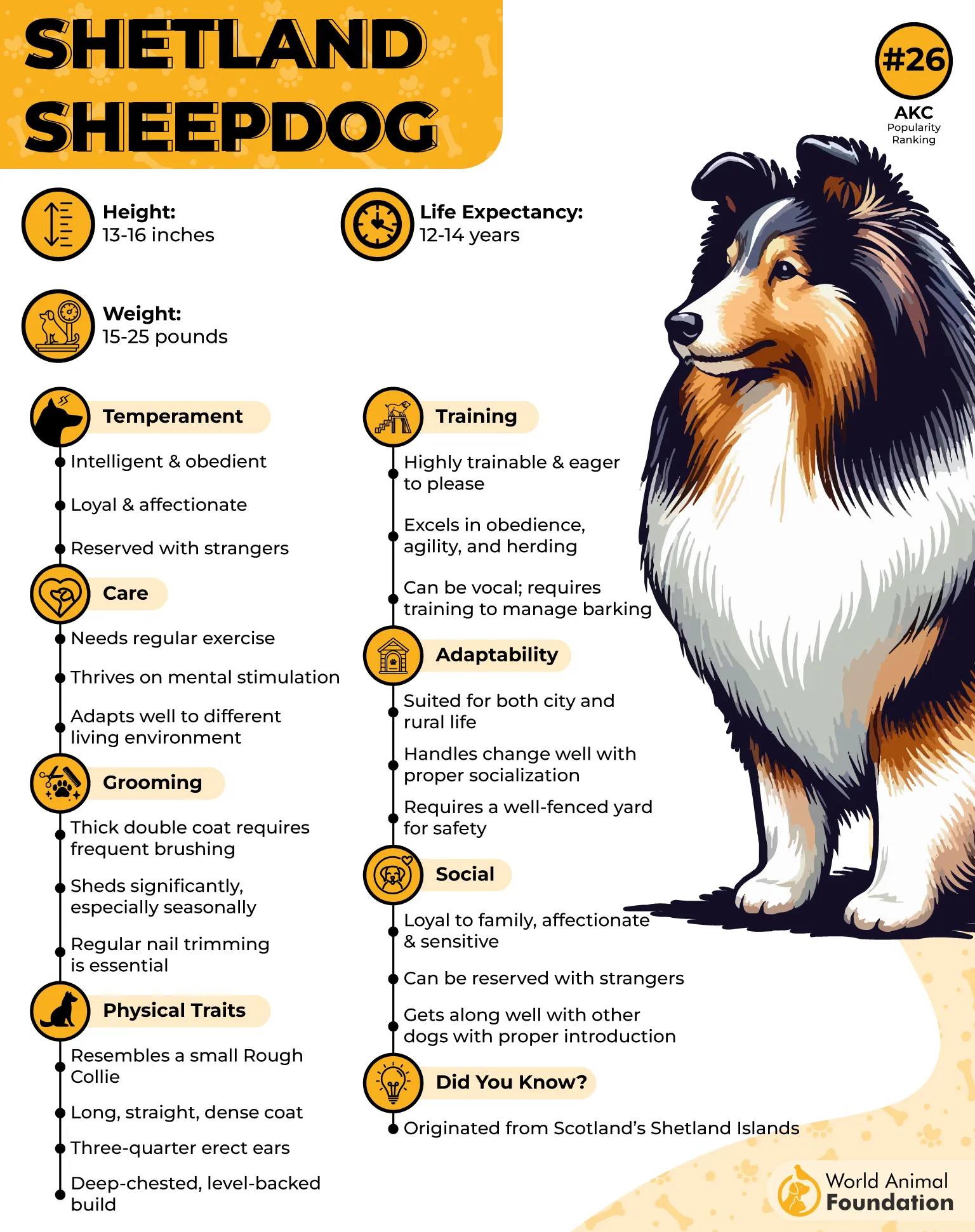
Key Traits of the Shetland
Natural communicators with a tendency toward barking, which makes them solid watchdogs (but training is a must).
Known for their affectionate but slightly reserved nature—especially around new people.
Can develop separation anxiety if left alone too long, needing regular companionship.
Retain a strong herding instinct and may gently herd children or other pets.
Quick learners who respond well to positive reinforcement and variety in training.
These pups don’t just want to hang out—they want to participate. Whether it’s fetching, helping you “herd” the kids inside, or learning a new routine, Shelties bring a blend of charm, intensity, and brainpower.
7. Papillon
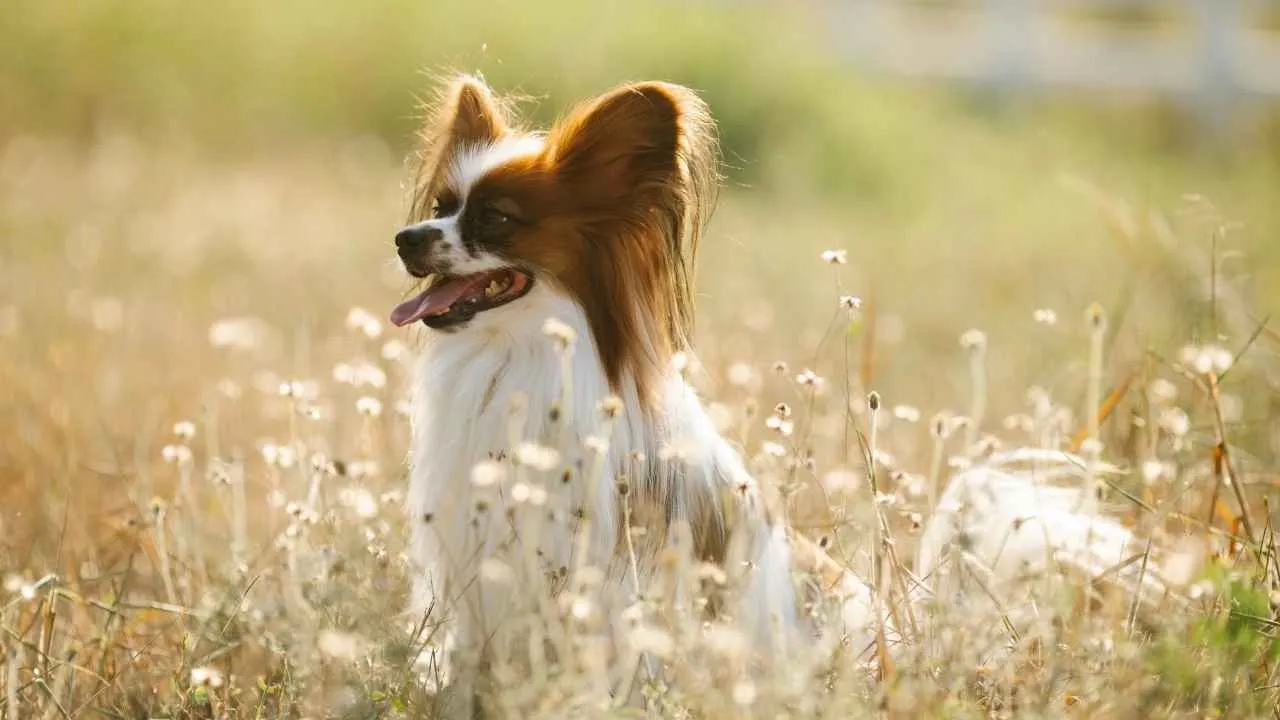
They are small-sized but far from subtle. The Papillon brings serious charm wrapped in a tiny, flutter-eared package. This toy breed may fit neatly in your arms, but its energy, confidence, and smarts rival dogs twice its size.
Originally bred for companionship among European nobility, Papillons are just as happy on your lap as they are stealing the spotlight in an agility ring. With a cheerful personality and a mind that catches on fast, they’re ideal for owners who want a pocket-sized pup with real substance.
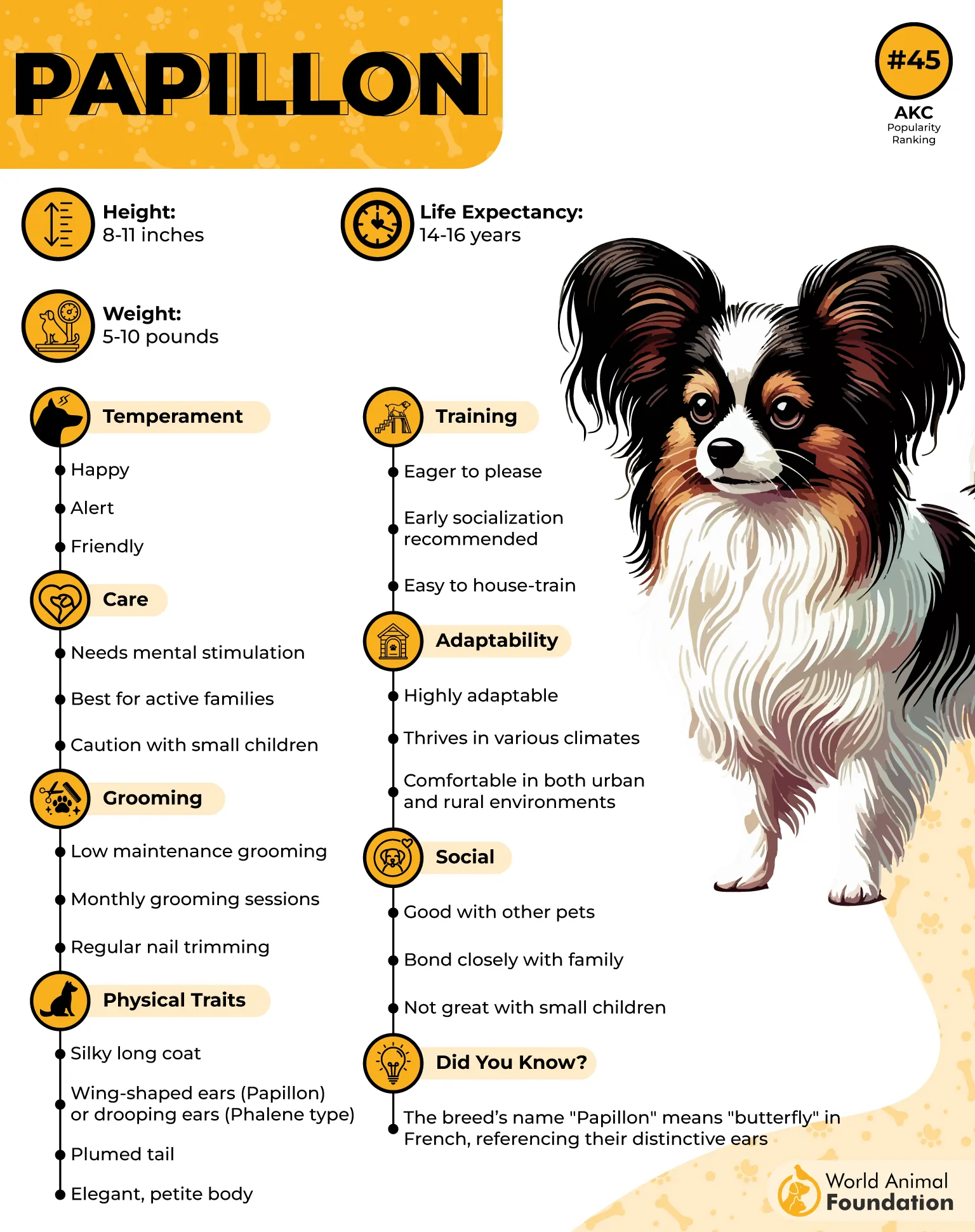
Key Traits of the Papillon:
Named for their unique butterfly-shaped ears, though some have drooping ears known as the Phalene variety.
Naturally affectionate and tuned in to their humans, forming tight bonds quickly.
Have a low-shedding coat that’s silky, fine, and relatively easy to maintain.
Known for their long lifespan, often reaching 14 to 16 years with proper care.
Compact size makes them a great option for apartment dwellers, though they still need daily activity and engagement.
Despite their elegance, Papillons are no diva dogs. They’re playful, curious, and always ready to explore—or settle in for snuggles. Their mix of loving nature, confidence, and adaptability makes them one of the most balanced lap dogs out there.
8. Australian Shepherd
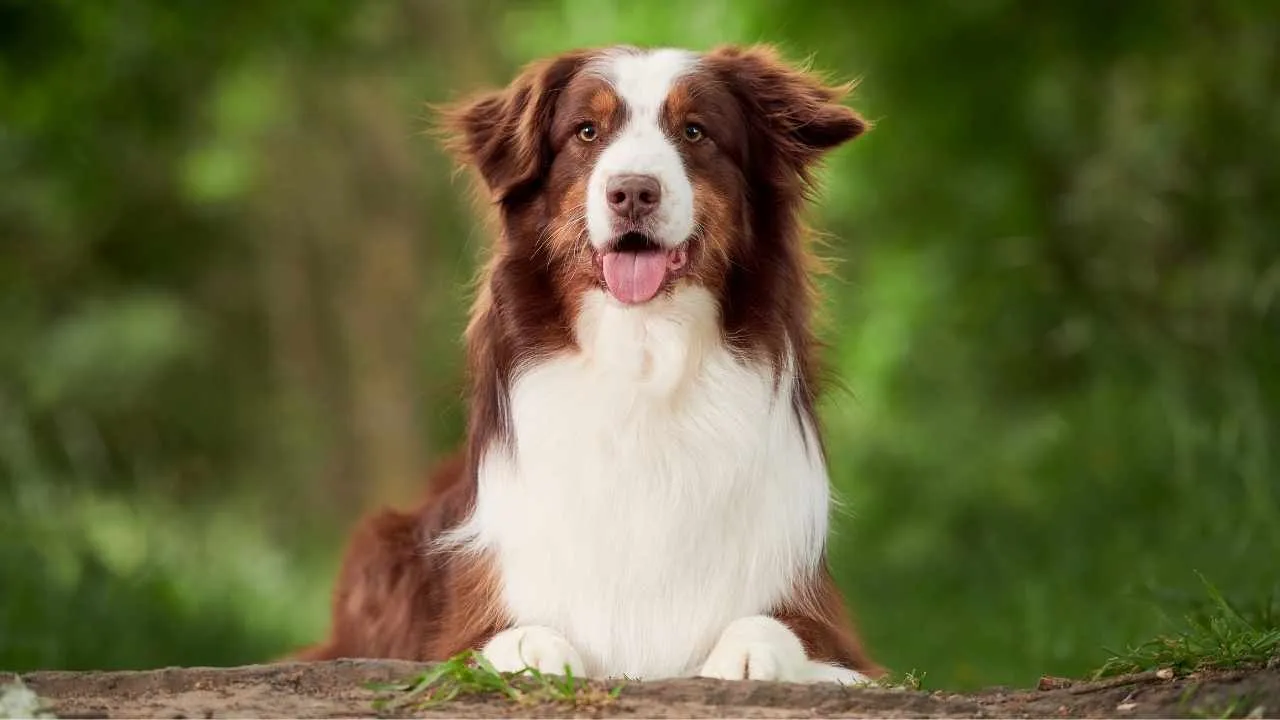
The Australian Shepherd is a live wire in the best possible way. Agile, focused, and brimming with drive, this herding breed doesn’t just follow commands—it anticipates them. These dogs need more than a walk around the block; they crave purpose.
Known for their problem-solving mindset and instinctive work ethic, Aussies are favorites among ranchers, sport handlers, and energetic families. Their sharp minds and quick reflexes allow them to adapt fast, whether on the farm or in the agility ring.
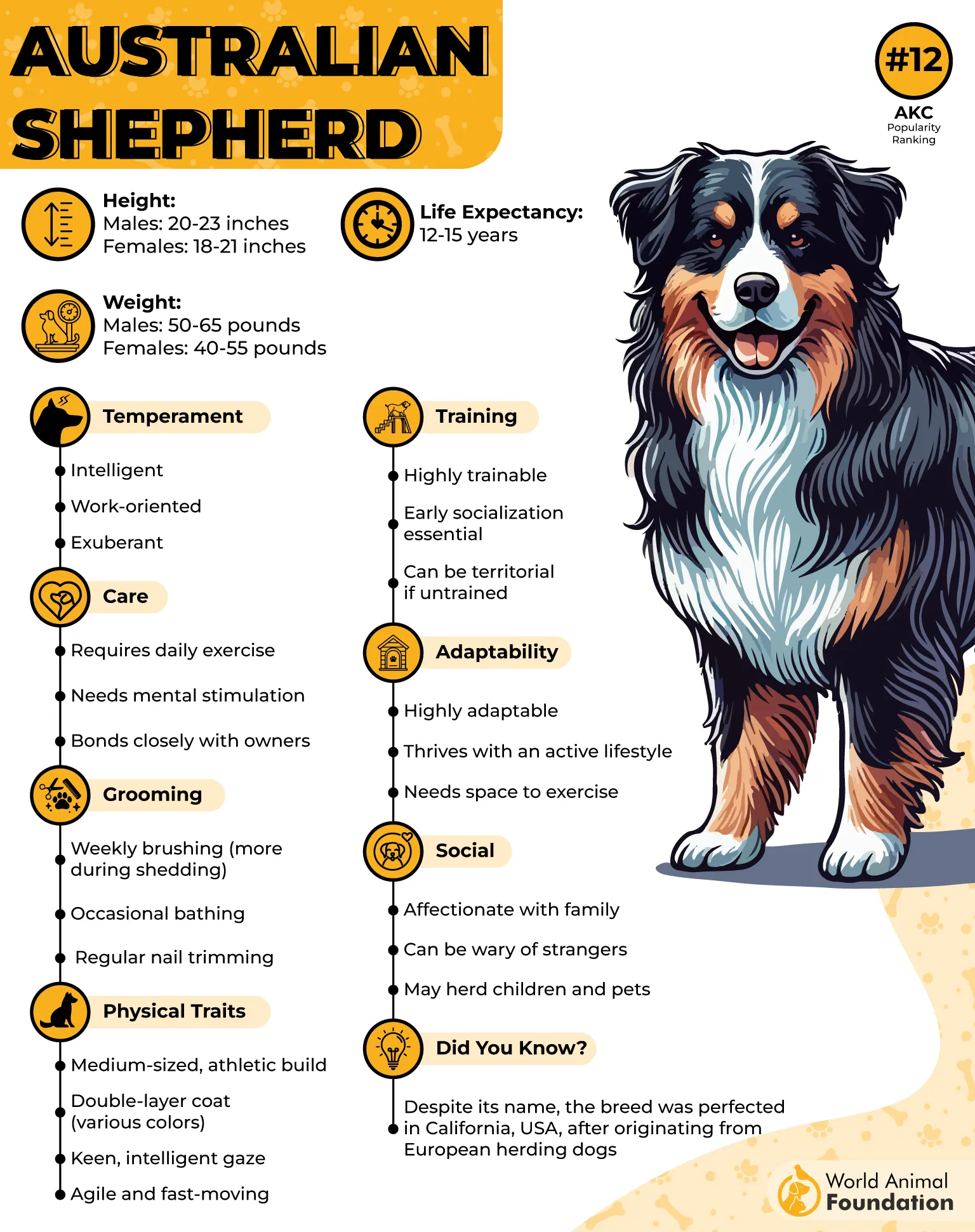
Key Traits of the Australian Shepherd:
Despite their name, the breed was developed in the United States, not Australia.
Revered by some Native American tribes and nicknamed “ghost eye” dogs due to their striking blue eyes.
Still widely used as working dogs on ranches, especially in cattle and sheep herding.
Medium-sized with a lean, athletic frame, built for endurance and fast movement.
Among the smartest dog breeds, capable of learning multi-step tasks and complex routines.
Do best with active households that provide structure, challenge, and varied activities.
The Australian Shepherd is all about action and connection. They don’t just want to be near their people—they want to partner with them. Whether that means rounding up animals, running agility courses, or learning tricks just for fun, these dogs thrive when they’re challenged and valued.
With their deep bond to their family and natural problem-solving instincts, Aussies are the ultimate adventure buddies for those who can keep up.
9. Cocker Spaniel
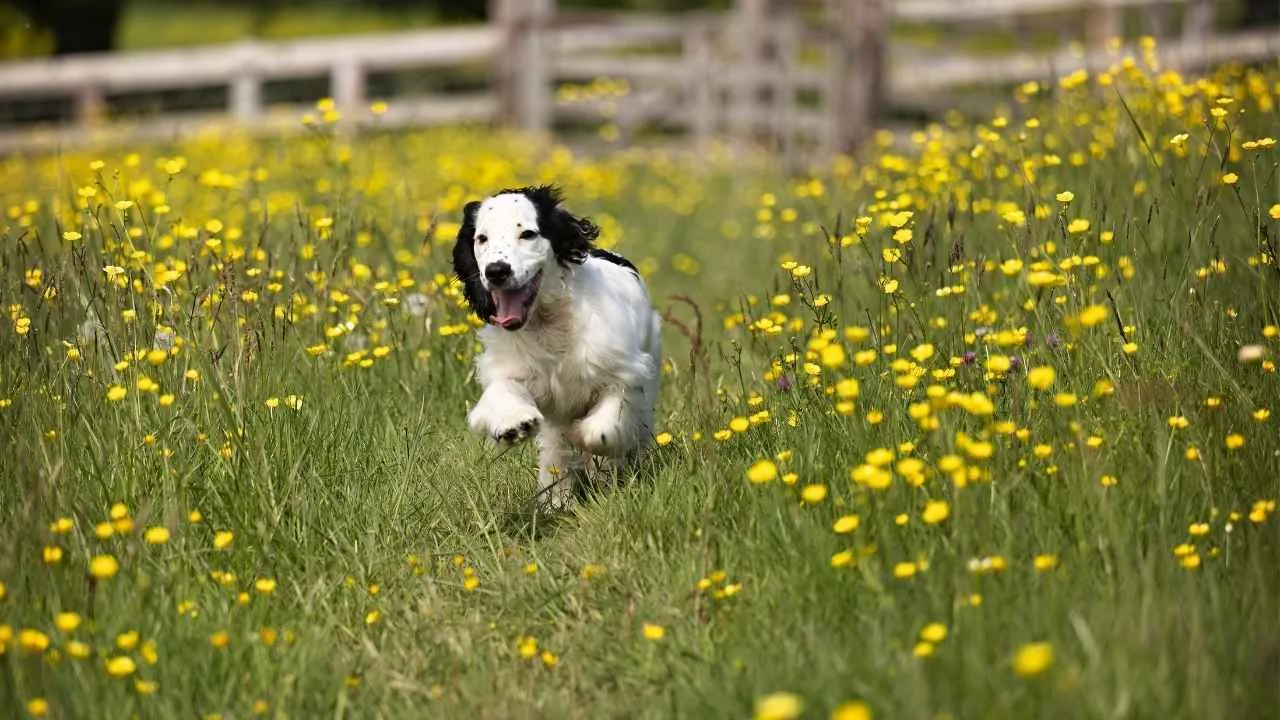
The Cocker Spaniel is the kind of dog breed that reads the room—and your mood. Sensitive and emotionally aware, they’re in tune with your tone, your pace, and your routines. Bred for bird hunting, these dogs have traded the field for the family room without losing their cooperative spirit.
They’re not just affectionate—they’re intuitive. Cocker Spaniels are happiest when they’re close to their people, participating in daily life, whether it’s a walk, a game, or just sitting at your feet.
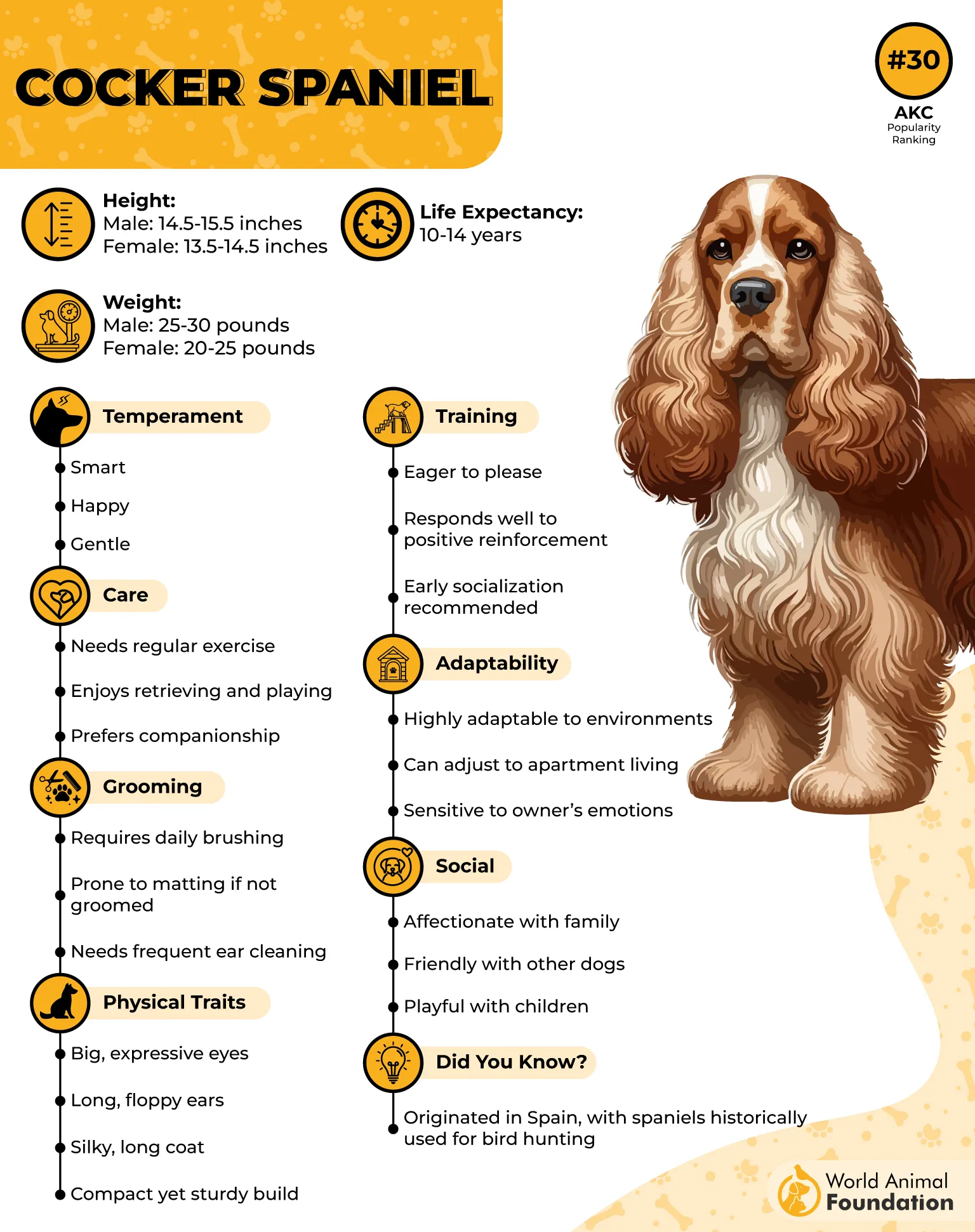
Key Traits of the Cocker Spaniel:
According to PetMD, they are naturally drawn to children and soft play, making them great additions to quieter households.
One of the smallest breeds in the Sporting Group, perfect for homes that want a compact yet capable companion.
Require consistent grooming due to their long, silky coat, which is prone to tangling.
Come in two main varieties: American and English, each with distinct physical and behavioral characteristics.
Showed surprising potential in medical scent work—a dog named Tangle helped detect cancer in clinical studies.
They don’t need constant action or wide-open spaces—they need involvement. A short walk, a simple game, or quiet companionship is often all it takes to keep these sweet-tempered dogs content.
10. Vizsla
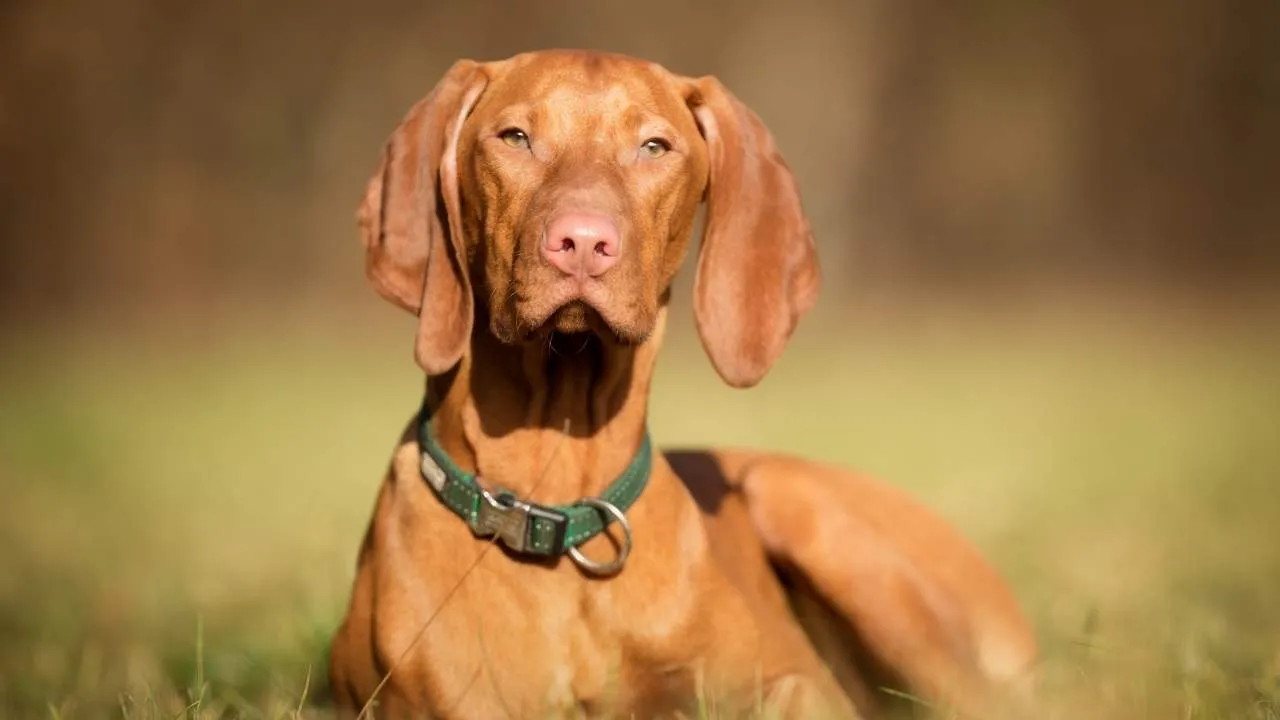
The Vizsla is all heart and horsepower. Bred for endurance and precision in the field, this ancient Hungarian dog breed has evolved into a devoted, fast-moving companion.
These dogs don’t just follow their human—they stick to them like glue, which has earned them the nickname “Velcro dogs.” That intense attachment, paired with a need for movement and challenge, makes Vizslas a great match for people who want a shadow that sprints.
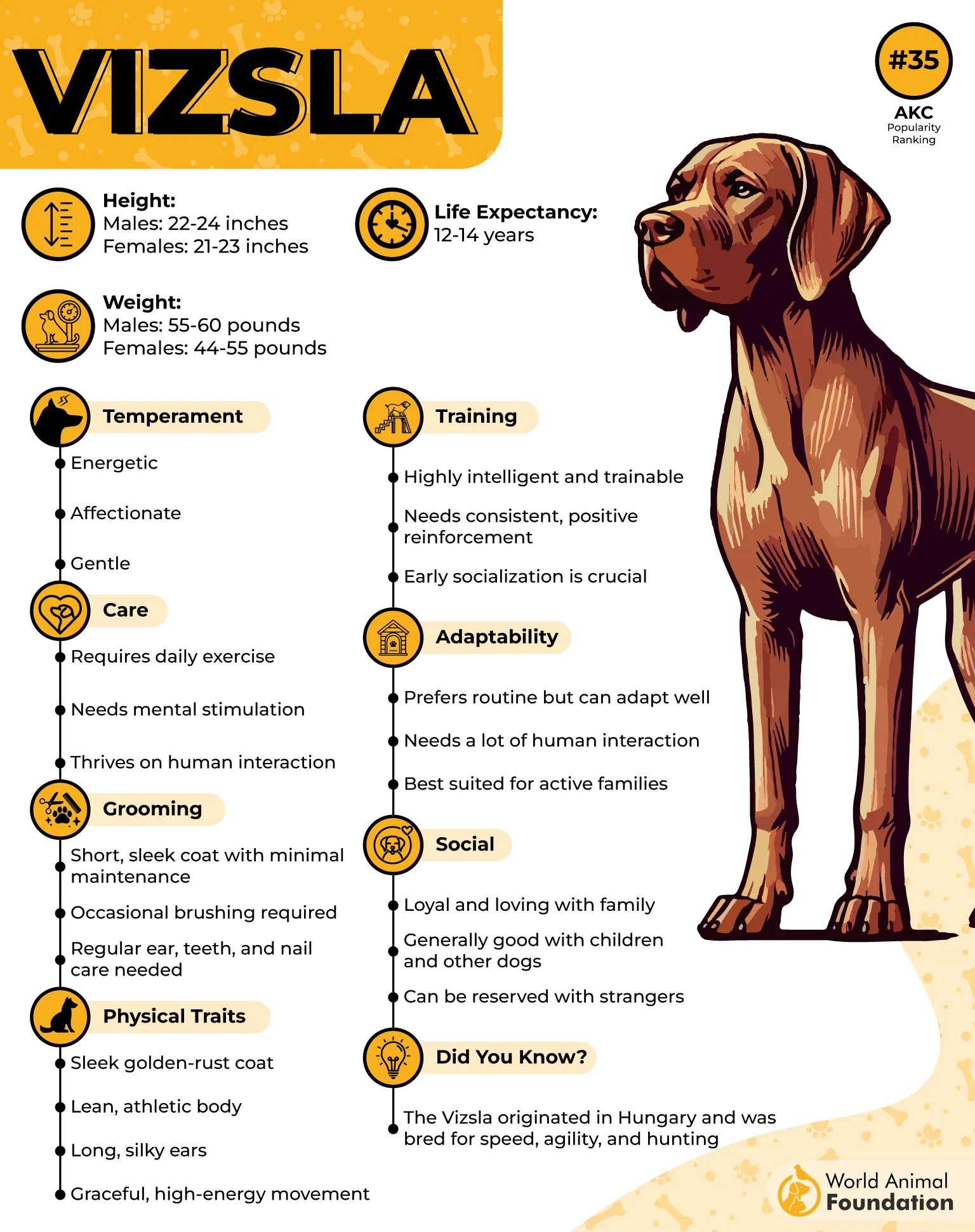
Key Traits of the Vizsla:
Extremely fast runners—high-speed athletes capable of hitting 40 miles per hour.
Have webbed feet and natural swimming ability, even without a dense undercoat.
Puppies are born with unique blue eyes, which gradually shift to golden tones.
Skilled, versatile hunters—able to point, retrieve, and track across terrain.
Excel in dog sports due to their quick thinking, responsiveness, and physical stamina.
Sensitive to tone and body language, requiring a calm and encouraging training approach.
They’re not for passive households or hands-off training. But for those who offer structure, affection, and an outlet for all that intensity, Vizslas give back with fierce loyalty, athletic grace, and unwavering attention.
Conclusion
Choosing the right dog comes down to more than looks or breed reputation—it’s about personality, energy levels, and how well a pup fits into your lifestyle. Whether you’re drawn to the unwavering focus of an obedient dog breed, the steady presence of a dependable dog, or the goofy joy of a companion with a playful nature, there’s a dog out there that will feel like home.


